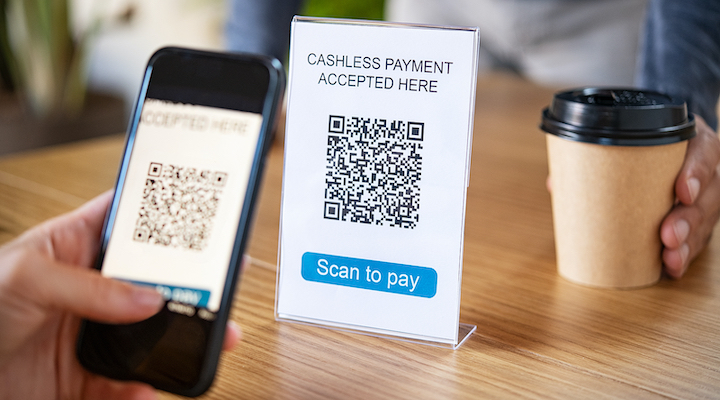After the turmoil of a pandemic, the Asia-Pacific region’s e-commerce sector looks set to enter one of its most exciting years yet.
Cloud-based payments platform, Checkout.com, surveyed 12,000 consumers around the region last year exploring the major digital commerce and payment trends across the region against a backdrop of a world adjusting to life amid an ongoing pandemic.
The report, Payments Optimization in APAC: Innovation From the Global Frontier, revealed some stark differences in consumer payment behaviour across different markets in the region but should fuel excitement among retailers region-wide as consumer confidence shows strong signs of recovery and purse strings begin to loosen.
“The e-commerce genie is out of the bottle,” says Ashley Paulus, VP Customer Success at Checkout.com. “We will continue to see a rapid acceleration of online commerce, and new payment schemes such as Buy Now, Pay Later (BNPL) and instalment payments.
“But Asia-Pacific is also a region of stark contrast, making it nearly impossible to speak of APAC as a homogenous entity. Our research clearly shows how every market is different and at varying stages of development. It’s what makes the area so vibrant and dynamic, but it’s also what makes it so complex to navigate for merchants.”
Checkout.com has shared four key trends set to reshape e-commerce and payments solutions in the coming year with Inside Retail…
The continued shift from offline to online commerce and digital payments
The Checkout.com survey found that 95 per cent of consumers in Asia-Pacific said they shopped online regularly. More than one quarter said they do so at least once a week. To put this in perspective, data from eMarketer finds that only 70 per cent of people in the US say they ever shop online.
Checkout.com says these numbers partly reflect the universal pandemic-driven boom in online shopping, with 54 per cent of respondents to the survey reporting they are currently spending significantly more money online since the advent of Covid-19 and its many regionalised restrictions during the past two years.
The study results suggest that the number of consumers who shop online regularly will only continue to increase during the years ahead – driven in part by a number of countries in the region where the middle class is growing. The resulting increase in spending power will provide increased opportunities for retailers both offline and online, in these growing markets.
The proliferation of payment methods such as BNPL
Checkout.com’s data shows that Buy Now, Pay Later, (BNPL) has started to drive growth in online shopping. The convenience of spreading payments interest-free over several instalments is proving particularly popular among consumers aged under 30. Taking advantage of a BNPL service provides flexibility without additional cost (interest) giving people more spending power and control over how they manage their finances.
The most popular categories in which consumers are buying goods using a BNPL payment solution are luxury items, fashion, health and beauty, lifestyle and – perhaps surprisingly – food and beverage. There is evidence that the advent of BNPL is opening brands and retailers up to reach whole new customer segment groups.
“The young are so keen on BNPL that all manner of traditional brands, who did not previously resonate with younger consumers, can actually draw this new segment to them by offering BNPL and embarking on joint marketing initiatives to raise awareness,” says Paulus.
The evolution of social commerce
Social commerce – where merchants use social media platforms as an extension of their digital storefront – is big business across the Asia-Pacific region. In China alone, revenues from social commerce were estimated to be US$6 billion last year, a figure that represents a 66-per-cent increase over the previous year.
Checkout.com expects to see the adoption of social commerce continue, especially as the shift from web2 to web3 unlocks opportunities for businesses to use new assets such as social tokens.
“This plays really nicely into social tokens that got their start in 2021 and will take off in 2022,” explains Paulus. “Social channels will become sales channels and social tokens will become loyalty tokens like traditional airlines that e-commerce brands will take advantage of.”
The adoption of new payment solutions
Another trend that Checkout.com highlights is the overlap between centralised and decentralised finance.
The use of cryptocurrencies will continue to rise, evidenced by research released by card platform Visa this month showing more than 30 per cent of small and medium enterprises interviewed across Singapore and Hong Kong said they were prepared to accept cryptocurrencies for payment.
“Our research shows that innovation in APAC is only just getting started. The region is simply a ‘hotbed’ of innovation for digital commerce and finance, and as its markets mature, consumer wealth increases, technology develops and regulations evolve, we’ll see much more innovation emerge that will undoubtedly shape the face of payments and commerce globally,” concludes Paulus.
“In 2022 this is going to take a major leap forward.”






